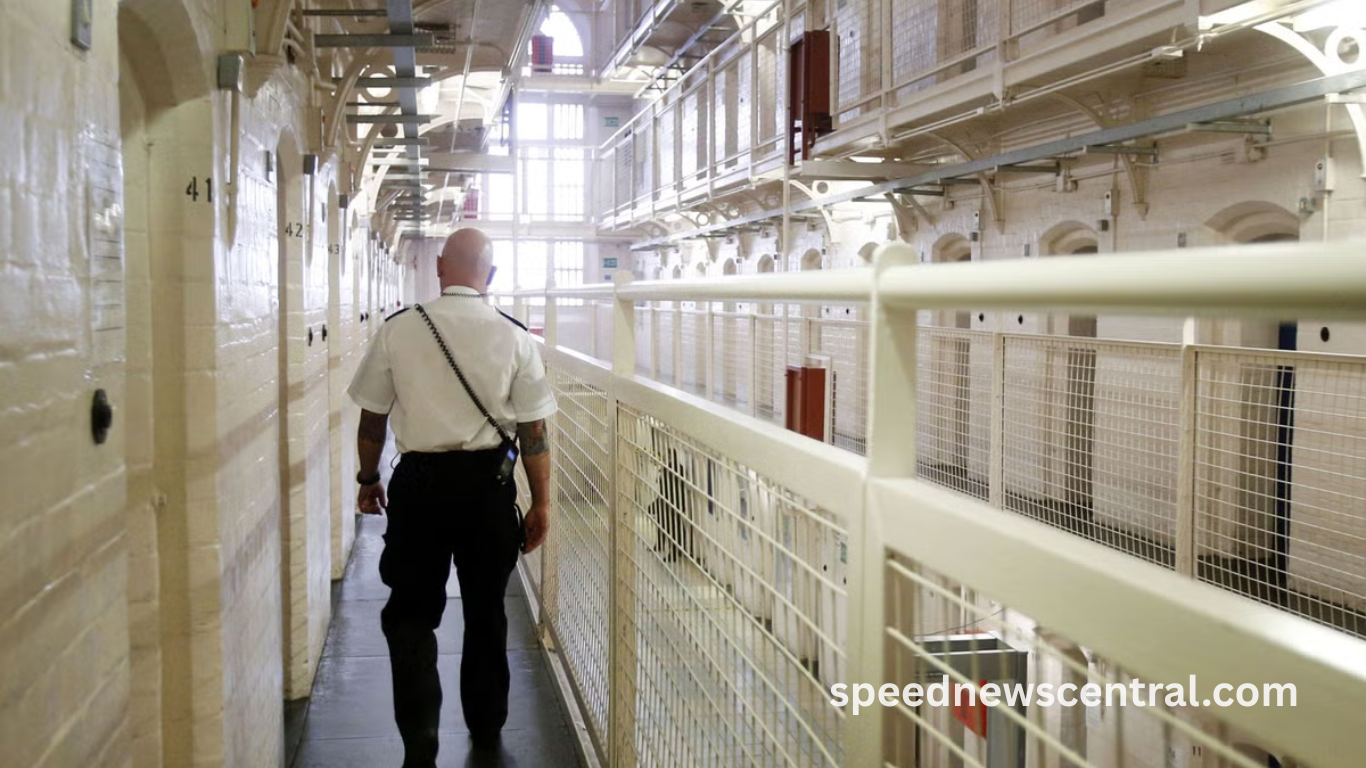Once a symbol of isolation and punishment, Alcatraz Island stands as a historic monument just offshore from San Francisco. Famous for housing notorious criminals like Al Capone, the prison was closed in 1963 and transformed into a public museum and cultural site. Today, the idea of reverting Alcatraz into an active prison has sparked heated debates.
San Franciscans and civic leaders strongly oppose the proposal, arguing it contradicts the city’s progressive values and undermines years of cultural preservation efforts. Beyond logistics, the suggestion touches on social justice, tourism, and environmental concerns. While some see it as a practical solution to overcrowded prisons, most locals view it as a step backward. This article explores the complex reasons behind San Francisco’s resistance to the idea of turning Alcatraz back into a prison.
Historical Significance of Alcatraz Island
Alcatraz is not just an old prison; it’s a site with deep historical and cultural resonance. After closing in 1963, it became a landmark for Native American activism during the 1969-71 occupation. It now stands as a reminder of both penal history and the power of protest. Preserving this legacy is crucial for many residents and historians alike.
Alcatraz as a Symbol of Rehabilitation and Reform
Turning Alcatraz back into a prison could conflict with modern values around criminal justice reform. San Francisco is known for its progressive stance on rehabilitation rather than punishment. Repurposing Alcatraz would signal a return to outdated policies, undermining ongoing efforts to reshape the system.
Economic and Tourism Impact on San Francisco
Alcatraz draws over a million tourists annually, generating revenue for the city and jobs for locals. Reinstating it as a prison could drastically reduce tourism, turning a thriving site into a restricted zone. This shift would hurt small businesses, hospitality sectors, and the broader San Francisco economy.
Environmental and Logistical Challenges
Alcatraz’s unique geography makes it a complex site for modern prison operations. Transporting staff, inmates, and supplies would be costly and logistically complex. Furthermore, increased activity on the island could disrupt local wildlife and marine ecosystems, creating new environmental concerns.
Public Sentiment and Political Backlash
Public opinion in San Francisco overwhelmingly favors preservation. Turning the site back into a prison would likely trigger a significant political backlash. Leaders would face pressure from voters, advocacy groups, and environmental organizations, making the idea politically untenable.
Read More : Everyone Wants a Piece of Trump’s ‘Golden Dome’ Defense Plan
Alternatives to Reincarceration on Alcatraz
Instead of reopening Alcatraz as a prison, the city could invest in alternative solutions like expanded rehabilitation centers and improved prison facilities elsewhere. These options align better with the city’s values and avoid the symbolic implications of using a historic site for incarceration.
Native American Heritage and Cultural Sensitivity
Alcatraz holds deep significance for Native American communities, mainly due to the 1969 occupation by the Indians of All Tribes. Reverting the site to a prison would ignore this heritage and further marginalize indigenous voices. Many view this as a cultural affront.
Legal and Bureaucratic Hurdles to Reusing Alcatraz
Reopening Alcatraz would involve overcoming numerous legal obstacles, including historic preservation laws and federal park protections. These laws were put in place to prevent precisely this type of redevelopment, making the process more trouble than it’s worth.
Frequently Asked Questions
Why was Alcatraz closed initially as a prison?
Alcatraz was closed in 1963 due to high operational costs and deteriorating infrastructure. It was deemed inefficient and impractical for modern incarceration needs.
Is there an actual proposal to turn Alcatraz back into a prison?
While not officially proposed, occasional discussions and speculative ideas have emerged, often sparking public backlash and debate.
How does tourism benefit San Francisco through Alcatraz?
Tourism to Alcatraz generates millions in revenue annually, supports jobs, and boosts local businesses, making it an essential part of the city’s economy.
What role did Native Americans play in Alcatraz’s history?
The 1969-71 occupation by Native American activists highlighted indigenous rights and remains a powerful chapter in the island’s legacy.
Would reopening Alcatraz help with prison overcrowding?
While it might add some capacity, the logistical and symbolic costs outweigh the benefits. More practical alternatives exist for addressing overcrowding.
Are there environmental risks in turning Alcatraz into a prison again?
Yes, increased human activity could disturb marine ecosystems and native wildlife, raising serious environmental concerns.
What are some alternatives to using Alcatraz as a prison?
Investing in community-based rehabilitation, updating existing facilities, and focusing on decarceration are all viable alternatives.
Who would need to approve the conversion of Alcatraz back into a prison?
Multiple agencies, including the National Park Service, local governments, and possibly Congress, would need to approve such a move, making it extremely unlikely.
Conclusion
San Francisco’s opposition to converting Alcatraz back into a prison reflects deep concerns over justice, heritage, economics, and the environment. Rather than regress, the city seeks forward-thinking solutions rooted in reform and respect. Keeping Alcatraz a historic landmark preserves its powerful legacy while supporting community values.

